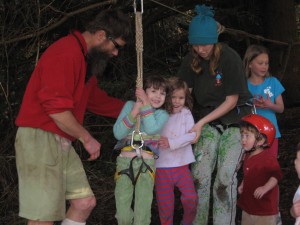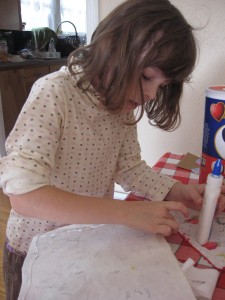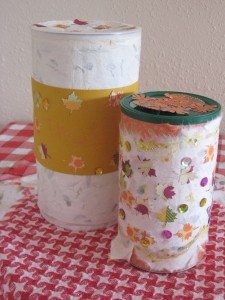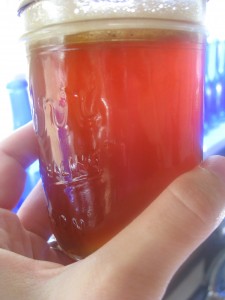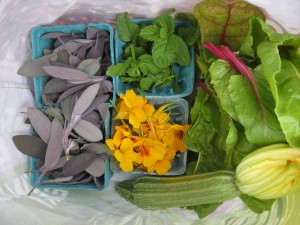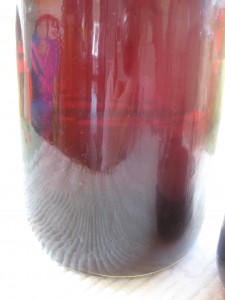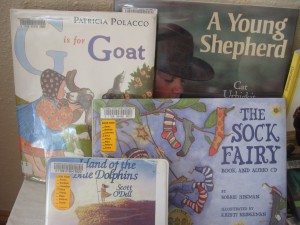Late May Garden Update Part II

And here’s the rest of the garden update:
There wasn’t time to get any side-yard shots before the rain started up again, but we now have 64 healthy strawberry plants growing there (many have set fruit already!) and the Christmas limas are germinating there as well.
Out in the backyard – the peas (see above) are as tall as Firecracker! Oregon Sugar Pod IIs, Alaska, Galena, and Alderman Tall Telephone peas are all going strong. And yesterday Firecracker noticed that they’d begun to flower! Soon we’ll have sugar snap peas, snow peas and shell peas by the bucketful!
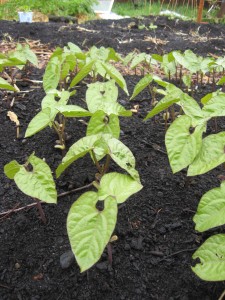
The first planting bush beans are up all over the backyard, and I expect the second planting to germinate later this week (for a longer continuous harvest). These are Royal Burgundy. This patch looks good, but unfortunately, most of the bush, runner, and lima beans are all taking a heavy hitting from…

SLUGS! Despite daily picking (and feeding them to the chickens), the garden is inundated with thousands of slugs. Most mornings the girls and I pick anywhere between fifty and one-hundred fifty. Beer traps have only managed to capture a few as well, so today I finally resorted to buying some organic, “pet friendly” slug bait in order to save the bush beans. Here’s hoping it works, because there is no way  chickens freely hunt for slugs in the beds without the baby plants being eaten as well.

This is one little patch of the Red Russian kale, which we’ve planted all over the yard. Thankfully, the slugs haven’t bothered it. It’s our favorite kale – not only is it beautiful and doesn’t easily bolt, it’s full of vitamin K, vitamin C and iron, and has a mild flavor – we put it in everything from fruit smoothies to lentil curry. A definite superfood bursting with nutrition.

This is one of the 25 asparagus crowns in full frond – only two more years and we’ll have a nice crop of asparagus of the BCS volunteers!

Our compost still isn’t cooking well once again (too wet and soggy, too many kitchen scraps (“greens”) and too little “brown” matter (leaves, dry plant matter, shredded paper). So, in the drizzle yesterday morning, I got down to the stinky job of turning it and splitting the compost into two separate side-by-side bins, which will get lots of shredded newspaper turned into them this week.  Let’s hope that does the trick.
The hens and chicks were THRILLED to have the compost turned and were scratching about while I was working – finding germinating pumpkin seeds and worms and all sorts of “delicious treats”.

This is one of the as-of-yet-unnamed Speckled Sussex chicks (or, as Firecracker calls them “teenagers”) scratching in the compost (those three are so fast, it’s tough to get a photo of them!). You should have seen the chickens happily clucking and scratching and snacking and clucking some more!
And thankfully, all of the adults are done molting, so those happy hens have started churning out –
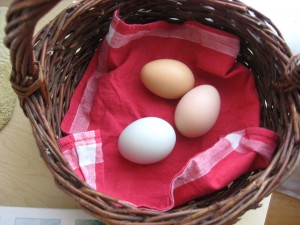
– 3 eggs per day! Woo-hoo!
And that’s it for the garden at present – thanks for being patient with a long update -Â Hopefully, the warm weather will come back soon and the tomatoes, summer squash, tomatillos, cilantro and basil will really get a chance to thrive.
Okay, I promise something other than a gardening post coming up soon (although, I don’t know what that will be, since we haven’t had time for much baking or knitting or reading or cleaning house since every spare moment has been spent gardening or researching gardening and chicken keeping!)
If you’ve got a garden going, or even a few tomatoes in pots on your balcony, the girls and I would love to hear about how things are going for you!




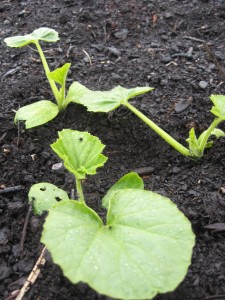






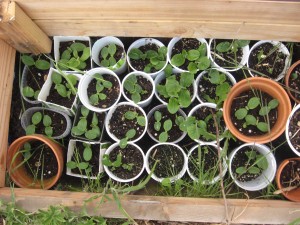
 On the right is a new veggie I’ve never tried before (thank you, Patty!) – variegated garden cress. Can’t wait to get it established and try some in a salad!
On the right is a new veggie I’ve never tried before (thank you, Patty!) – variegated garden cress. Can’t wait to get it established and try some in a salad!














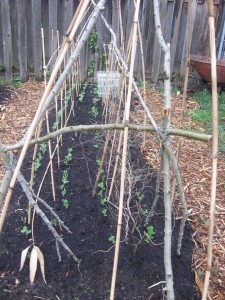

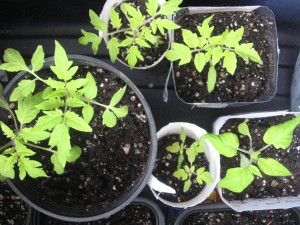



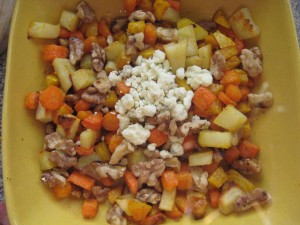








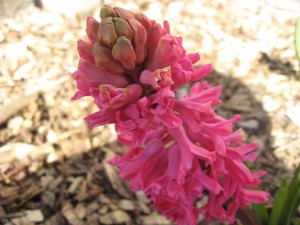 (Hyacinth picture by Firecracker)
(Hyacinth picture by Firecracker)


















